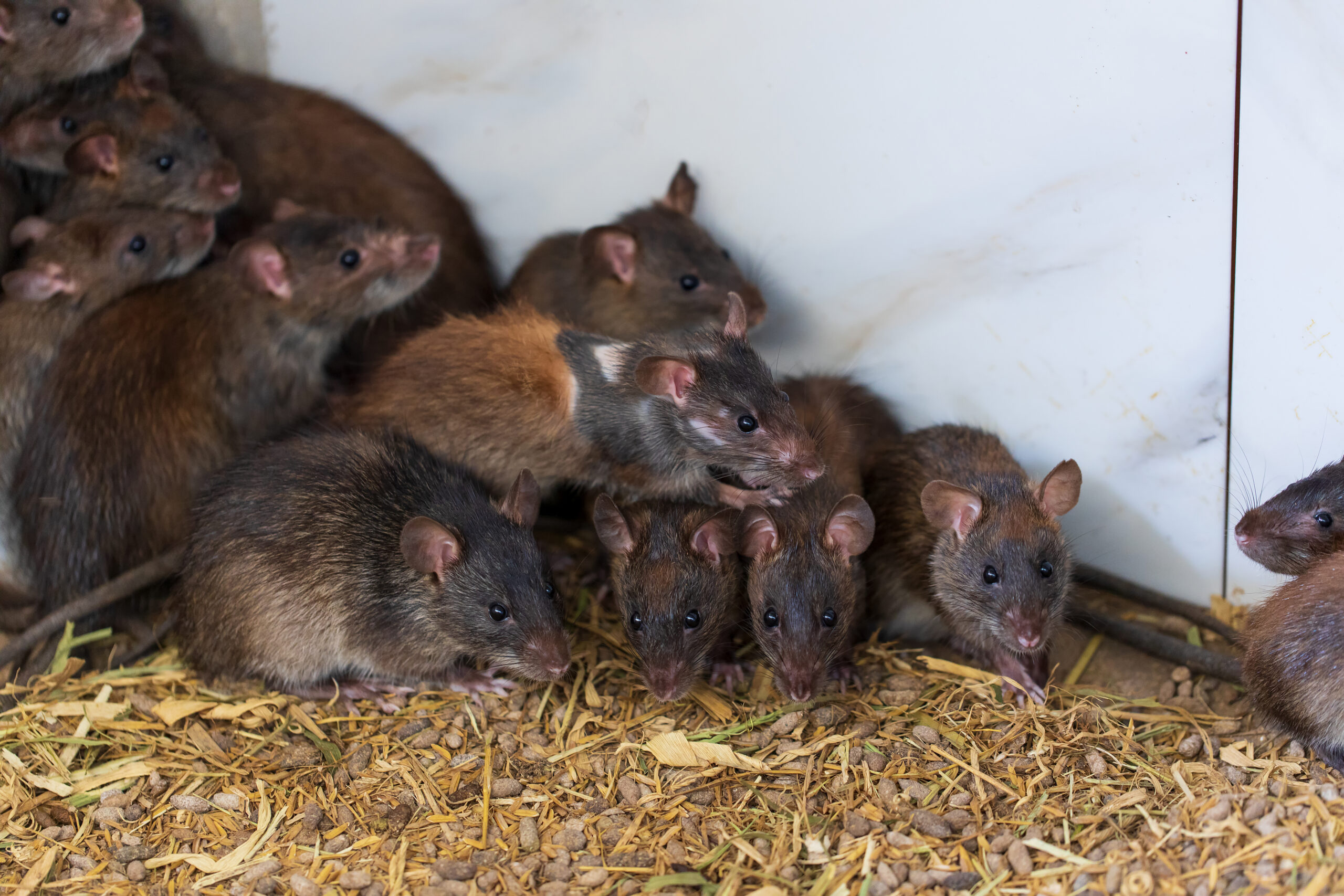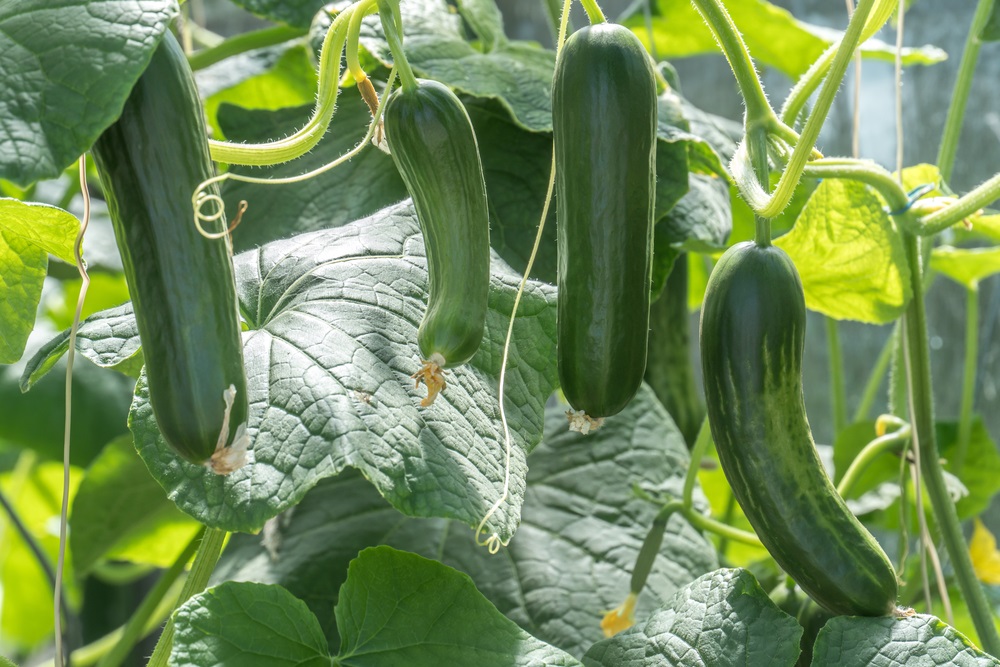The trap is undoubtedly effective but inflicts severe suffering. That, in short, is the conclusion of a study of a drowning trap for rats and mice, conducted by Wageningen Livestock Research, Utrecht University and the Foundation Knowledge and Advice Animal Plagues (Dutch acronym KAD). Parliamentary questions (Dutch) had already been raised about the trap.
New traps emerge on the market in response to the increasingly strict ban on rat and mouse poisons. This ban has been put in place because the animals become resistant while the poison accumulates in animals further up the food chain, among other reasons. Two questions demand answering: are these new methods effective, and do they cause unnecessary suffering? Article 3.24 of the Nature Conservation Act states that unnecessary suffering must be prevented in catching or killing animals, including all non-domesticated animals.
Practical experiment
Livestock Research conducted an investigation with a practical test at a farm in Limburg to answer these questions about a particular drowning trap. The investigated Ekomille-trap lures pests onto a platform with food, after which a trapdoor springs, tossing the animal into a liquid-filled compartment. The producer claims the liquid is based on alcoholic isopropyl, which intoxicates the animal to prevent suffering. In practice, however, this was not the case.
Observations
Transparent walls, ultrasonic sound sensors, wild-cameras and a wifi connection installed in the Ekomille trap by WUR’s Technical Development Studio allowed crystal clear observations to be made. The images were unpleasant, says pest-expert Bastiaan Meerburg. The liquid, which has not been certified as a biocide in the Netherlands and may not be used (Livestock Research was exempted for this study), irritated the eyes and pulmonary system but did not intoxicate the animals.
The images show rats swimming in circles and clawing the sides of the container until they finally drowned from exhaustion. It took an average of one-and-a-half minutes (96 seconds) before the animals finally drowned. ‘Serious suffering’, according to the consulted experts from the collaborating research institutes. In the worst-case scenario, even the risk of extreme suffering.
Impact on wellbeing
The research report was handed to the Ministry of Agriculture last week. In short, the conclusion is that drowning traps such as this one are potentially effective in combatting mice and rats but require further fine-tuning to reduce the negative impact on the target animals’ wellbeing.
I can see additional legislation being drafted for these types of traps
Plague animal expert Bastiaan Meerburg
The report recommends differentiating between the different types of pest-control measures and their impact on animal wellbeing and the environment. ‘A high level of efficacy is an essential precondition. The report states that decisions on whether or not to use a particular method must always be made within the context and based on the relative impact and efficacy. Or, in Meergurg’s words: ‘I can see additional legislation being drafted for the use of these types of traps.’
Podcast on animal testing
What is a practical test with animals, and what is animal testing? What rules apply? Wageningen Animal Sciences has developed a series of podcasts ‘Tried and tested’ in which microbiologist and author Rosanne Hertzberger interviews several Wageningen animal scientists.

 In cases of severe hindrance, action is sometimes needed, but how? Photo Shutterstock
In cases of severe hindrance, action is sometimes needed, but how? Photo Shutterstock 

